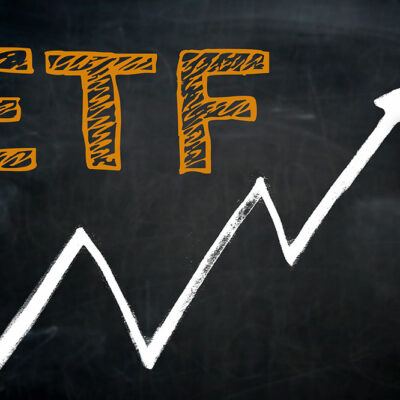
6 clear signs of charity scams
Charitable contributions can provide a sense of emotional fulfillment. However, not all charitable opportunities are legitimate. Further, the rise of fraudulent activities here can discourage donors. According to a recent FBI report, people lost over $4.4 million to charity scams in a year. Looking at these numbers, it is important for donors to be vigilant regarding their contributions. So, here are a few telltale signs that can help them identify a charity scam:
1. Refusal to provide details
A clear indicator of a charity scam is when an organization hesitates or outright refuses to delve into essential details regarding its work, mission, and outreach. Here, details regarding operational expenses, allocation of donations, headquarters location, or its tax-exempt (EID) number may be difficult to obtain. Genuine charities are typically transparent about these details, and any reluctance to provide such information should be a cause for concern. To avoid falling for such scams, it is advisable to thoroughly check the charity’s official website and read through their frequently asked questions (FAQs), mission, impact on the community, and terms and policies. It is also a good idea to check out the BBB ratings and online reviews to gauge its overall standing in the community.
2. No online presence
The absence of any digital footprint should raise concerns about the legitimacy and transparency of the organization. As not all legitimate charities can afford an extensive online presence, one can rely on certain reputable online platforms that are dedicated to evaluating and holding organizations accountable. These platforms include Better Business Bureau’s (BBB) Wise Giving Alliance, Charity Watch, and Charity Navigator.
3. Insisting on alternate payment methods
Legitimate charities typically accept donations through secure and traceable means. If a charity insists on unconventional payment methods like cash, gift cards, wire services, or lesser-known payment apps. This could be a sign of a scam, so verifying the legitimacy before donating may help prevent fraud.
4. Misspelled mail IDs and web addresses
Scammers frequently use names that resemble well-known and trusted organizations, aiming to mislead donors. Here, the mail IDs or website names could have slightly different spelling. So, being vigilant about these details and verifying the names online is important.
5. Unsolicited communication
Another aspect to consider is the communication strategy of the organization. A fraudulent organization usually reaches out to individuals via unsolicited emails, phone calls, or social media messages, asking for donations or sensitive information like date of birth or Social Security Number. Legitimate charities usually contact previous donors or individuals who have already shown interest in their work. Either way, one should always verify the authenticity of a charity by contacting them directly through their official website or phone number rather than responding to unsolicited messages.
6. Pressure to donate
A fraudulent organization may pressurize a hesitant donor into making a donation and even give deadlines to create a false sense of urgency. They may also offer guaranteed rewards or sweepstakes winnings in return for prompt payments.


